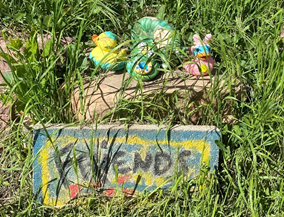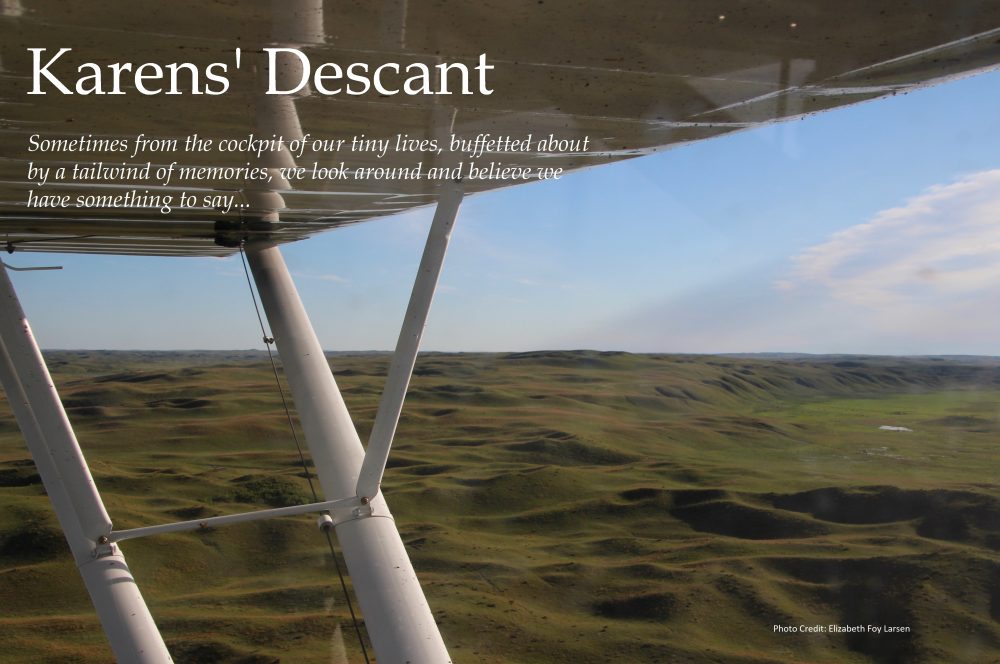I started to think about excavation — and what it means in my life — and then I came across this poem:
Emptying cupboards from
the pre-Homeric Classroom era,
through strata thick as Schliemann’s Troy.
I am looking for bedrock and
the world before printing
when we worked with our bare minds…
— Hugh McMillan, 2015
Working with our bare minds….what a thought in this digital/technology rich world. McMillan’s words lead me to think about all of my mental clutter, and where I might find the bedrock if I looked. It also called me to consider how I am looking below the surface, during a time that is seriously unsettling for everyone…
We jokingly refer to our decision to be in Boulder, CO as “a Minnesotan’s idea of avoiding winter”…. A theme that came up in a previous post. Mostly true. But, instead of returning to Minneapolis for the heady experience of watching spring emerge in the frozen northland, we knew that it would be easier and safer for us to self-isolate here. Because of COVID, we find ourselves in Colorado for the long term, and in a rental house with a yard given over to neglect. Since we can’t go anywhere, making a small difference in our suddenly much smaller world called us.
Dan excavates volunteer trees, sawn off but energetically leafing out due to the increasing size of their root system. We admire each herculean effort. Opal, our granddaughter, and I tackle the mass of weeds and grass that have overgrown the terrace. This becomes an archeological endeavor; complete with surprises….Opal is an explorer with the fresh eye and unencumbered bare mind of a 3-year old, adept at finding little things that are hidden from this task-focused adult gardener – mostly items left in the bushes by children of previous renters. And a stone that we turned over, with an inscription that predates the previous occupants, to complete her work.

While she is busy, I begin to marvel at the care with which someone built in stepping-stones to the upper level and an environment for creative landscaping. It takes prodigious effort to clear the deeply rooted weeds and grass – any less resilient but more attractive plantings have long disappeared. There is something intensely satisfying in finding “the bones” of a once loved garden. When I see them, I know that our small excavation is one of the things that we must be doing now, although it is much more than a summer’s project….

At the same time, I think about excavation in my other Colorado experiment – Avita Yoga. It’s not “real yoga” (classic) or “power yoga” (sweaty exercise), but a practice focused on removing obstacles: “The sequences help resolve limiting patterns that no longer serve us so we can remember a healthier way of being in body, mind and spirit”. Each pose, held as long as five minutes, reveals all of the impediments that lie under my skin and muscles, and asks me to explore them, to understand rather than fight them, and to heal. I am a healthy person and have practiced classic yoga, but it was a revelation to uncover the restrictions rather than work around them. This is not miracle work: it requires steady practice, and I need to go deeply into unexplored places — mentally and emotionally, I am excavating my ligaments and joints. In the process, my busy and distracting “monkey mind” becomes calm, and I feel a deep love for my physical being, including its impediments. A bare mind becomes (briefly) almost a reality.
When I use my bare mind (ignoring the cacophony of Facebook and newspapers) the demands for justice and an end to systemic racism exploding in Minneapolis and elsewhere demand a different kind of going deeper. It is like my first unexpected encounter with a real archeological dig in the Peloponnese, many years ago. Most of archeologist’s work seemed to involve tediously looking for bits and pieces that, by themselves, appeared inconsequential – but eventually would restore a prehistoric dwelling (or tomb – I don’t remember).
The call at a national level to consider how our historical injustice has bled into the everyday lives of Black people takes me into what I know of the lives of friends and their families. Like an archeologist, I am compelled to revisit all of the (usually brief) conversations about “the talk”, “Driving While Black”, and micro and macro-aggressions, along with expressions of outrage when yet another Black person is almost casually killed. I dig up a very old conversation with a Black colleague, who said, “I told my son that if he is going to the mall he can only go with one other person and he has to wear a button down shirt.” We didn’t need to ask why. Nor did I need to say that my daughters, also teens, were trooping through the mall in groups of four or five. Or another Black colleague, with a very slight build, who stated matter-of-factly that White women would often cross to the other side of the street when they saw him walking in their direction. Closer to the surface was a conversation just a few years ago, when a White acquaintance mentioned that when they bought their South Minneapolis home in the early1960s, it included a clause that prevented them from selling to anyone who was not White. Even more recently, a Black friend asked, with a smile, if I liked the vibrant North Minneapolis restaurant where we were lunching—she knew, without asking, that I was very aware that I was one of two White customers. As I haul these and many other bits and pieces out of my memory and reassemble them, my bare mind acknowledges how easy it is to ignore how the pieces fit together– and how keeping the them separate has allowed me to stay mostly comfortable in my privileged life. Like any dig, when more pieces are connected, the whole begins to emerge.

To some extent, personal excavation is a privilege of age. With our minds bared, we have to decide how to use them. Karen Martha and I have written about calling, purpose, and passion – sometimes sardonically, sometimes with heart. As I look more deeply, I also have to ask: What is the simple “next right thing” that I need to do? If I don’t go deeper now, what will my inattention cover up? As the archeologist of my own life, what bedrock do I need to reach to become an authentic anti-racist?

Bedrock is an excellent metaphor—the basics and basis of our beliefs and how excavating them piece by piece you see the whole. I also like the idea of using our ‘bare minds’ — just intellect, intuition and emotion to understand and come to terms with the world. Thanks for another inspiring post.
LikeLike
Thank you Ellen — you remind me again of the power of poetry to lead us inside….
LikeLike
Nice blog!
LikeLike
Thank you! Enjoyed your site. Lots of good ideas. KM (The blog was written by KR)
LikeLiked by 1 person
Great blog. It is sad that there are still those that are blinded by skin color.
LikeLike
Thank you–Sadness is what I often feel….
LikeLike